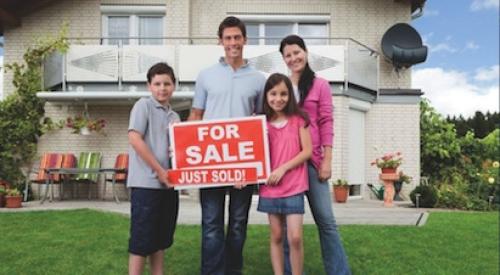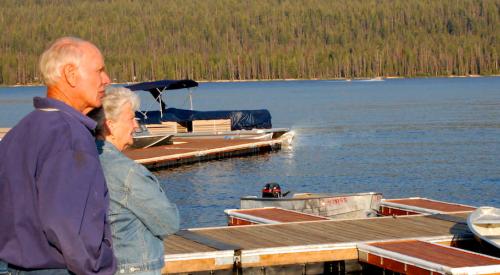The share of senior households headed hit the highest level recorded by Harvard University's Joint Center for Housing Studies (JCHS) in 2016, more than half of total households, and is expected to grow exponentially in the coming years.
Yet, the nation's housing is not equipped to handle the housing, health care, and other needs of these households, says the JCHS report's lead author Jennifer Molinsky. On top of affordability and accessibility concerns, the share of older Americans who are cost-burdened, spending more than 30 percent of income on housing, is growing, as is homelessness for the age cohort. U.S. Department of Housing and Urban Development (HUD) data show a 48 percent rise in “sheltered homelessness” among adults aged 62 or older from 2007 to 2017, columnist Mark Miller writes for Reuters.
Linda Couch, vice president of housing policy at aging-services agency association LeadingAge, explains, “We’ve seen all these things coming but the numbers are staggering. We have a major issue here with people in their fifties and sixties - they will have a hard time affording not only housing but healthcare. And they will be 70 and 80 before we know it.”
The JCHS report tells a tale of two groups of older Americans: those who are retired now, and those who will retire in the future. In households headed by retired people, income has grown significantly in recent years. For example, median annual income rose 9.6 percent from 2011 to 2016 for households aged 65-79 (to $44,100). During the same period, income gains for working-age households in their 50s to mid-60s rose just 2.6 percent to a median of $66,500 - a number that in real terms is still behind where it was in 2010 during the depths of the Great Recession.











